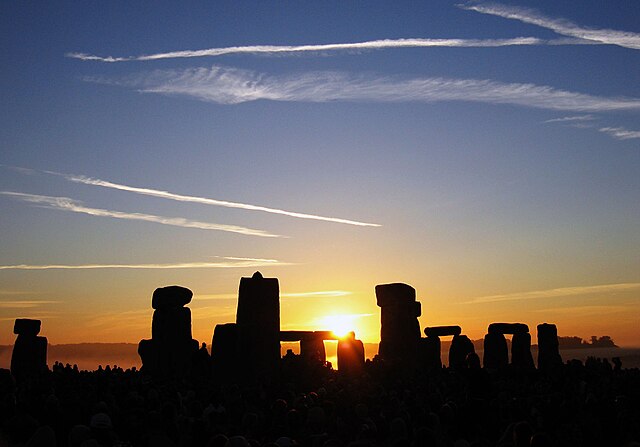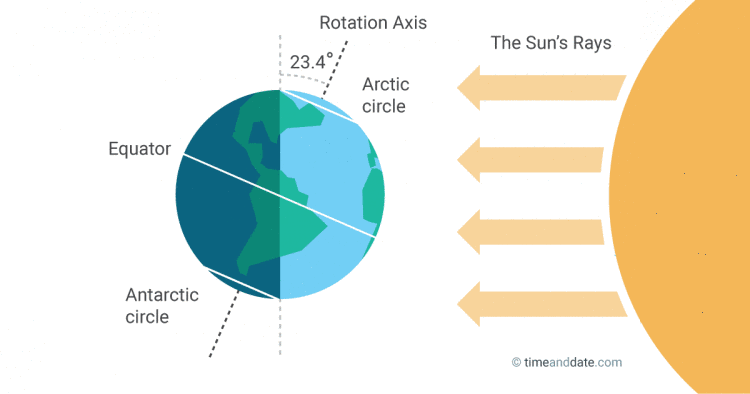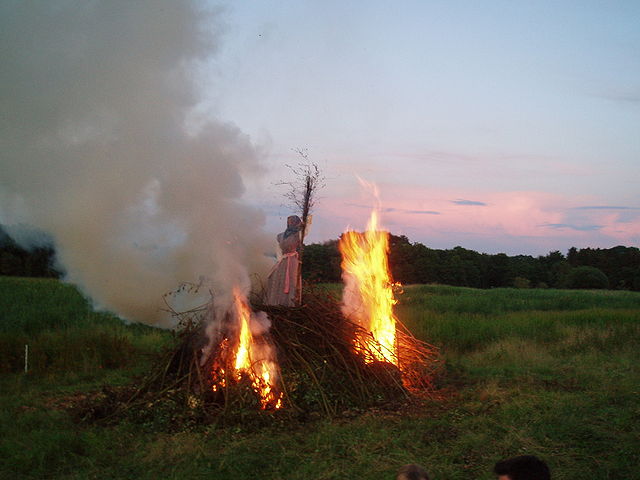 This year, the longest day of the year in the Northern Hemisphere falls on June 20. Summer Solstice, as it is called, marks the change of season from spring to summer in the Northern Hemisphere and from autumn to winter in the Southern Hemisphere.
This year, the longest day of the year in the Northern Hemisphere falls on June 20. Summer Solstice, as it is called, marks the change of season from spring to summer in the Northern Hemisphere and from autumn to winter in the Southern Hemisphere.
Did you know solstice is derived from two Latin roots – ‘sol’ for sun and ‘sistere’ for stand still? The "Vernal Equinox" is the start of spring when day and night are roughly equal. From there on, the noonday sun rises higher and higher in the sky each successive day until the summer solstice, when it appears to almost stand still.
The first day of summer in the northern hemisphere officially kicks off on June 20th or 21st each year. It is not fixed because of the difference between the human calendar year of 365 days—and the astronomical year- of 365.25 days.
The Science
 The summer solstice is a result of the Earth's tilted axis (at 23.5 degrees) relative to the sun.
The summer solstice is a result of the Earth's tilted axis (at 23.5 degrees) relative to the sun.
As the Earth revolves around the sun, the North Pole is closer to the sun on this day than on any other day in the year.
On Summer Solstice, the sun is directly over the Tropic of Cancer at noon. Different parts of the Earth receive different amounts of daylight -- while the North Pole and the Arctic circle receive 24 hours of daylight, the South Pole is enveloped in total darkness for 24 hours!
Is this the hottest day of summer? No. Earth's oceans and atmosphere act like heat sinks, absorbing and radiating the sun's rays over time. Like an oven which takes a long while to heat up and a while to cool, the sunlight absorbed on summer solstice takes several weeks to be released.
The hottest days of summer usually occur in July or August.
The Celebration
 During ancient times, the beginning of summer was always a joyous occasion signifying a new beginning. With snow thawed and the leaves green, food was easier to find and crops could be planted. Hundreds of groups celebrated it with religious festivities.
During ancient times, the beginning of summer was always a joyous occasion signifying a new beginning. With snow thawed and the leaves green, food was easier to find and crops could be planted. Hundreds of groups celebrated it with religious festivities.
Ancient Swedes decorated trees. Egyptians marked the beginning of the New Year which coincides with the flooding of the Nile. Celtics and Latvians lit up bonfires. North American Indians perform Sundance and other rituals to honor the gods of rain and fertility. And the Chinese honored the Goddess of Light - Li. The pagans marked solstice as midsummer while Christians mark this time as St. John’s Eve.
Even today, the biggest celebration of summer solstice happens each year at Stonehenge on the outskirts of London. Thousands of New Age followers gather to dance, play music and watch the sunrise. Every year unfailingly, on Summer Solstice, the sun rises over the Heel Stone, which stands just outside Stonehenge's stone circles. For the folks in the Southern Hemisphere, this celestial alignment marks the shortest day of the year.







